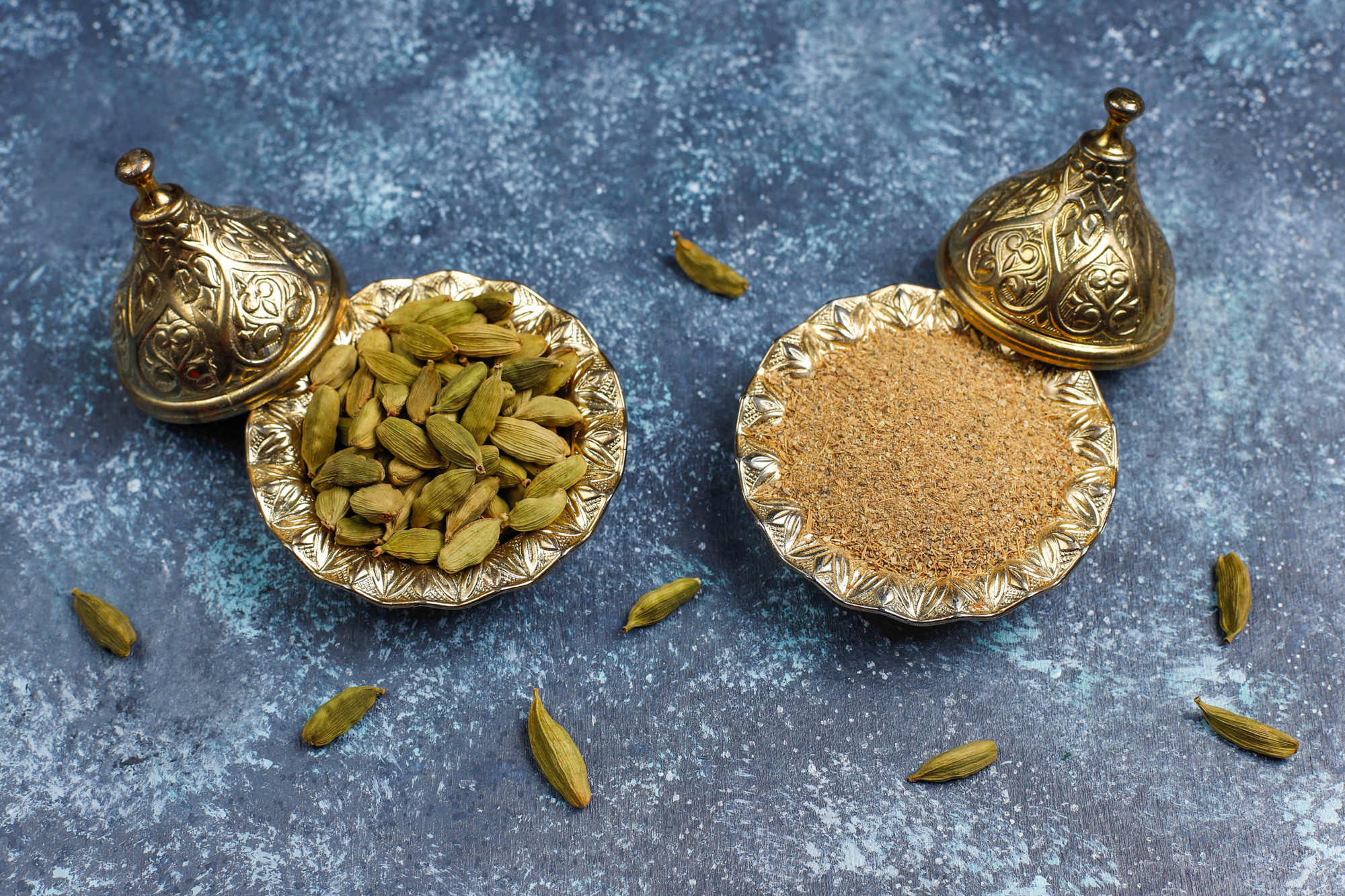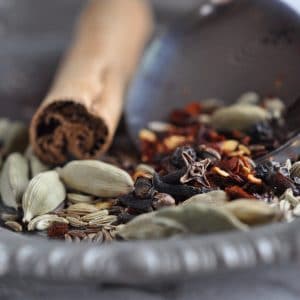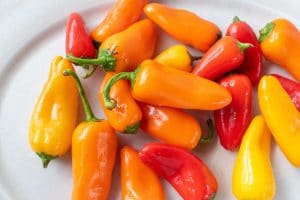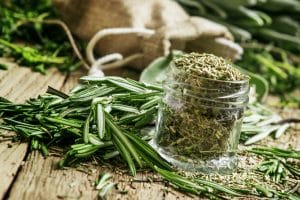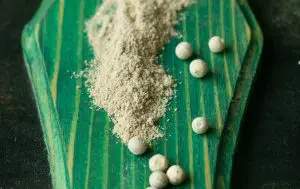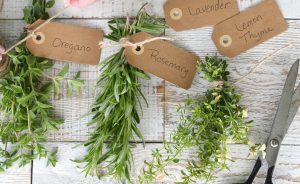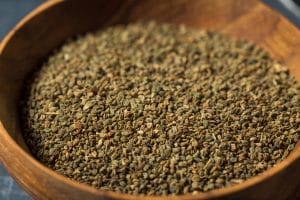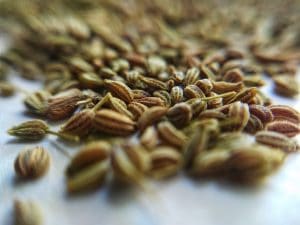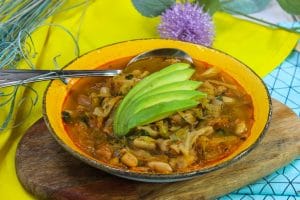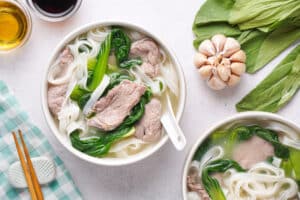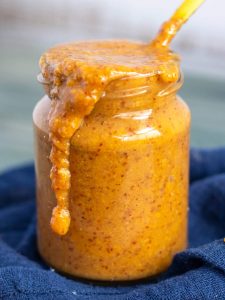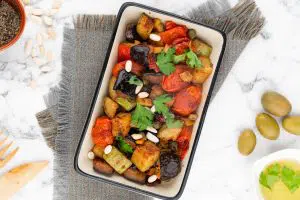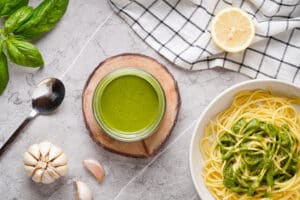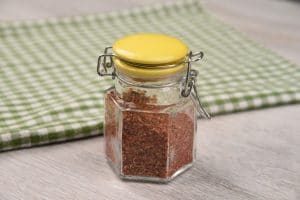Cardamom vs. Coriander: What’s The Difference?
Important Note: When you buy through our links, we may earn a commission. As an Amazon Associate we earn from qualifying purchases. Content, pricing, offers and availability are subject to change at any time - more info.
Cardamom and Coriander seeds are often used in the same styles of cooking. Their flavors and appearances are very different. Cardamom and Coriander seeds are used as warm, aromatic spices. Coriander leaves and roots are also used in cooking and garnishing. Both have many culinary as well as health benefits.
Coriander is a soft herbaceous plant in the Parsley family. It has delicate, green leaves and stems used as herbs and tiny, round seeds used as a mild spice. Cardamom belongs to the Ginger plant family and grows from a rootstock. The small black seeds in thin green pods are a potent spice.
Cardamom and Coriander are two aromatic spices with unique and distinct aromas. They are often used together in Indian cooking and spice blends. Knowing their differences in taste and benefits is helpful to make the most of their respective properties.
- What Is Cardamom?
- What Is Coriander?
- A Table Comparing Cardamom And Coriander
- Health Benefits of Cardamom And Coriander
- Cooking With Cardamom And Coriander
What Is Cardamom?
Cardamom or Cardamon is a powdered spice obtained by grinding the oblong seeds of plants belonging to two different genera. Green or white Cardamom belongs to the plant species Elettaria cardamomum, native to India and Malaysia. Black Cardamom or large Cardamom (Amomum subulatum) is native to Nepal, India, and Bhutan.
Cardamom has an unmistakable resinous, slightly-sweet flavor with hints of menthol and pine. Compared to Coriander, it is an expensive spice but has an intense flavor, so not much is needed. Black Cardamom has a smokey flavor with hints of camphor. Both types of Cardamom are used to flavor foods, desserts, and drinks.
Cardamom is a versatile spice that works well in recipes using coconut milk. It is often combined with Coriander, cumin, and cinnamon in soups, curries, chutneys, and meaty or vegetarian dishes. It adds a fresh and aromatic note to dessert recipes like milk tarts and apple pies and is ground into coffee or tea.
Whole Cardamom pods can be added to the cooking pot and removed before serving for a more intense flavor. It is best to store the pods whole in a closed container and grind it shortly before using them. Grind whole pods in a mortar and pestle, discarding the fibrous shells when they start separating from the seeds.
Cardamom has no easy substitutes as it has such a unique taste and smell.
The best suggestion would be to blend other warming spices like cinnamon, clove, and allspice.

What Is Coriander?
Coriander leaves are also known as Chinese parsley, Dhania, or Cilantro. In the Middle East and South-Eastern Europe, Coriander grows in the wild. This culinary herb with medicinal properties has been utilized for more than 3000 years. The whole Coriander plant is edible. Pods and leaves are used fresh or dried.
The tiny, round, light-brown seeds of the Coriander plant have a warm, nutty, citrus-like flavor with a hint of sage. It has a less intense taste than Cardamom seeds. People either love or hate the taste of the leaves. It can be described as refreshing and lime-like or by those who don’t appreciate it as soapy and bug-like.
Coriander seeds are used widely in meaty or vegetarian curries. It is an essential pickling spice for chutneys and ferments and pairs well with chili, cinnamon, and cumin. The seeds are used to flavor beer and gin. Bright green Coriander leaves are used as a garnish and in salads and various dips, sauces, soups, and stews.
Coriander seeds are used ground or whole and are often found in spice mixes like Garam masala. As with Cardamom pods, it keeps best when stored whole in a sealed container. Grind Coriander seeds in a pestle and mortar with other chosen spices just before using. Heat in a dry pan before using to enhance the aromas.
Coriander roots impart a deeper intenser flavor to dishes. It is used in Thai and Asian cooking and curry pastes.
Fresh Coriander leaf substitutes are tarragon, basil, or dill leaves. Look for seed substitutes under the other mild, warming spices like cumin, caraway, and ground fennel seeds.

A Table Comparing Cardamom And Coriander
Cardamom and Coriander are similar in how they are cooked and combined with other spices. They are quite different in taste and cannot be used as substitutes for each other. Below is a table giving some clarity on their unique characteristics.
| Characteristics | Cardamom | Coriander |
| Parts used for cooking | Seedpods and seeds | Seeds, leaves, roots |
| Flavor profile | Complex, floral, fruity, citrusy, minty, spicy, peppery | Leaves: Mild, floral, citrusy, tart Seeds: Mild, floral, sweet, earthy, tart |
| Uses in cooking | Spice-mixes, curries, soups, meat-dishes, vegetarian-dishes, baking, desserts, beverages | Salads, Spice-mixes, curries, soups, meat and vegetarian-dishes, baking, beverages, pickling, brewing, ferments |
| Essential Oil components | 1,8-cineole, linalool, myrcene, limonene, a-terpineol acetate, Mentone, b-phellandrene | linalool, geranyl acetate, caryophyllene, camphor, p-cymene |
| Botanical name | Coriandrum sativum | Elettaria cardamomum |
| Other names used | Cardamum, Cardamon, Nepal Cardamom, Ceylon Cardamom, Ilachi, Capalaga | Chinese parsley, Mexican parsley, Cilantro, Dhania, Dhana |
| Nutritional profile | Vitamin C, Iron, Magnesium, Vitamin B6, Dietary fiber | Leaves: Vitamin A, Vitamin C, Vitamin K, Manganese, Potassium, Iron Seeds: Calcium, Selenium, Iron, Manganese, Magnesium, Dietary fiber |
Health Benefits of Cardamom And Coriander
Both Cardamom and Coriander have impressive health benefits and have been used in traditional medicines for hundreds of years. Both are valued for their anti-inflammatory and many other properties.
Health Benefits of Cardamom
- Antioxidant and Diuretic properties that could help to lower blood pressure.
- Anti-inflammatory properties.
- Anti-bacterial properties used in oral health care.
- Digestive health applications used in treating stomach ulcers.
- Improves oxygen levels in the lungs and relaxes air passages.
- Helpful in managing blood sugar issues.
- Used to manage cholesterol levels and liver health.
Health Benefits Of Coriander
- Antioxidant and Diuretic properties could help lower blood pressure and keep your heart healthy.
- Anti-inflammatory and anti-bacterial properties.
- Reduces blood sugar levels.
- Vitamin K is helpful in bone repair and preventing osteoporosis.
- Coriander seeds are used as an appetite stimulant. It is also used to manage indigestion and flatulence.
Cooking With Cardamom And Coriander
Cardamom is indispensable in flavoring beverages like Masala spiced tea. It is favored in Indian and Nordic cuisines and used in bread, cookies, desserts, rice, and lentil dishes. Ground Cardamom is used in spice mixes like Persian Advieh, combining it with cinnamon, cloves, nutmeg, cumin, and dried rose petals.
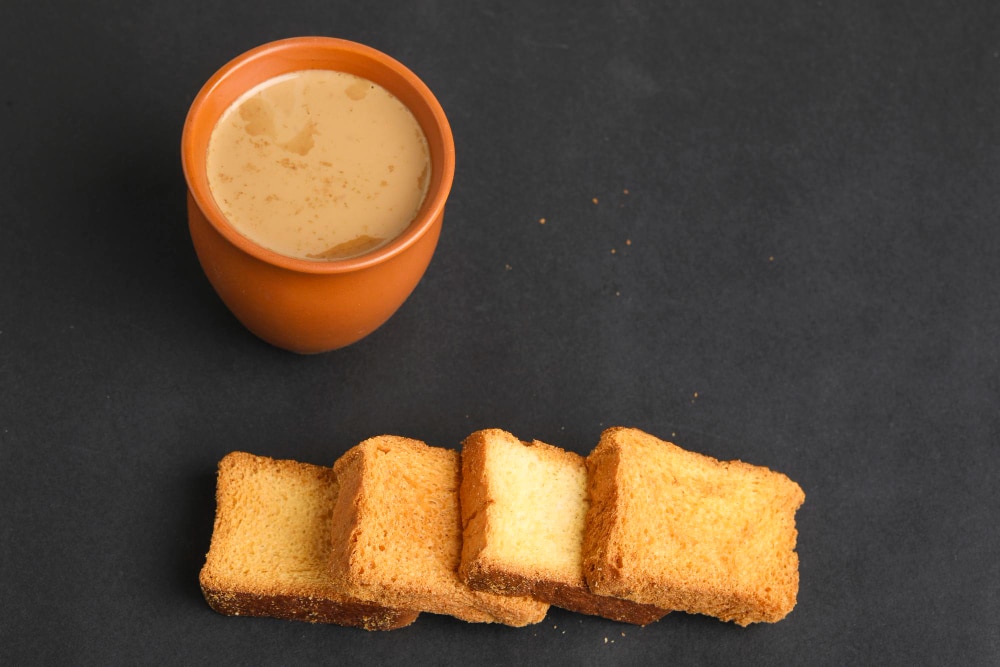
Coriander has unlimited uses in cooking. A green paste made from the leaves can be combined with lemon, garlic, honey, chili, and olive oil for making pesto, salad dressing, and marinades. Add roasted Coriander seeds to barbeque meat and roasts. Ground seeds can be added to spice rubs and to thicken gravies.

Cardamom and Coriander are both deep warm spices, and they combine well.
Many recipes use them both together.
- Garam Masala is a spice mix that includes Cardamom, Coriander, chili, cloves, peppercorns, and cinnamon.
- Baharat is a Middle-eastern spice mix that combines Cardamom, Coriander, cumin, allspice, cloves, cinnamon, paprika, and nutmeg.
- Vegan Tofu “Butter” Masala is a mouth-watering vegan recipe combining Cardamom and Coriander with various spices, nuts, tomato, and tofu.
- Currytastic Chicken Salan is a famous Pakistani recipe combining a delicate blend of spices, including Cardamom and Coriander, with garlic, ginger, and turmeric.
